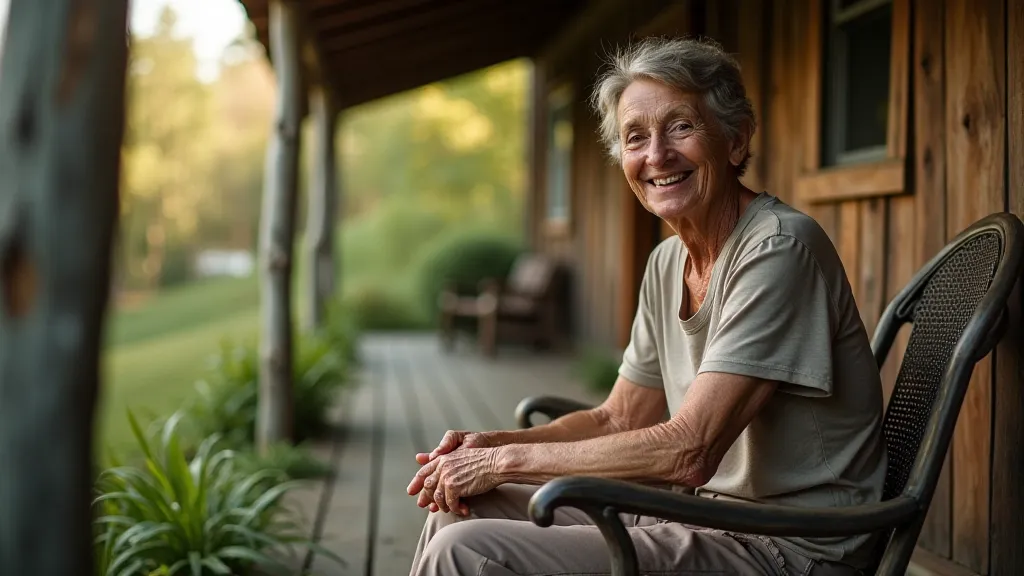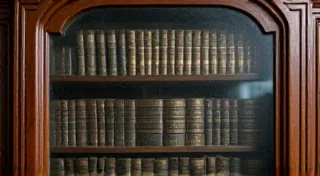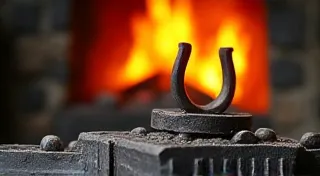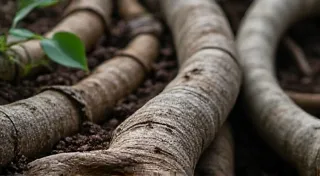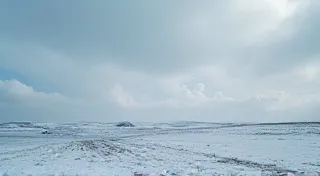A Tapestry of Tense: Nonstandard Verb Conjugations in Appalachian Speech
There’s a particular kind of melancholic beauty in a worn, antique accordion. Not just the visual appeal of aged wood and tarnished brass, but the feeling that it holds within it a hundred untold stories. It's a whisper of communal gatherings, of songs learned and shared across generations, of a connection to a heritage that stubbornly resists homogenization. In many ways, the verb conjugations found in Appalachian speech – often dismissed as “incorrect” – possess a similar quality. They aren’t mistakes; they't echoes of a linguistic past, a vibrant testament to a community’s resilience and its unique relationship to the English language.
Growing up in West Virginia, I always noticed something different about the way my grandparents spoke. It wasn’t just the vocabulary – words like “poke” for a paper bag or “holler” for a small valley – but the way they strung their sentences together. They'd say things like, “He was reckonin’ to go” instead of "He was going to go," or "They was had a good time.” It struck me even then, as a child, as both strangely comforting and wonderfully unusual. It wasn't until much later, delving into the fascinating field of linguistics, that I began to understand the origins and significance of these patterns.

Roots in Older English: A Linguistic Journey
The nonstandard verb conjugations common in Appalachian speech – using “was” instead of “were” with plural subjects (as in "They was..."), consistent use of "was" for all persons in the past progressive tense, and the habitual “done” as an auxiliary verb – aren’t random errors. They represent a fascinating link to older varieties of English, particularly dialects spoken in the West Country and parts of Northern England. These regions were primary sources of settlement in the Appalachian region during the 18th and 19th centuries. Early settlers carried their linguistic habits with them, and those patterns, isolated from the broader linguistic changes happening elsewhere, persisted and evolved within the Appalachian communities.
Consider the use of "was" with plural subjects. In older English, the distinction between singular and plural verb forms wasn’t as rigidly enforced as it is today. "Was" was more commonly used across all persons and numbers. As English evolved, the form "were" gradually became the standard for plural subjects, but this shift didn't fully penetrate the isolated Appalachian communities. Similarly, the consistent use of “done” as an auxiliary verb (e.g., "He done told me") reflects a pattern found in earlier English dialects where "do" was frequently used to emphasize the action of the main verb. It's a marker of a time when English was still more flexible and less codified than it is now. The persistence of these features offers a window into the linguistic landscape of centuries past, an area often explored further in studies of echoes of old English.
The Influence of Isolation and Community
The geography of Appalachia itself played a crucial role in preserving these linguistic features. The rugged terrain, the limited access to outside influences, and the strong sense of community fostered a linguistic conservatism. Families often remained rooted in the same areas for generations, passing down their speech patterns and cultural traditions – including linguistic features – to their children. Schools, particularly in the past, often actively suppressed these dialects, deeming them “incorrect” or “uneducated.” This created a complex dynamic – a pressure to conform to standard English in formal settings while simultaneously maintaining a strong connection to the dialect within the home and community.
My own grandfather, a skilled carpenter who built furniture with the same meticulousness and pride that he approached his speech, would often switch between his dialect and a more "standard" form depending on the context. He’s gone now, but I remember once asking him why he sometimes spoke differently. He chuckled, “Well, son, you gotta learn to speak two languages sometimes. One for the folks who don’t understand, and one for the folks who do.” It was a powerful lesson, not just about language, but about identity and belonging. This reflection on the subtle nuances of communication and their impact on familial bonds resonates with explorations of the grammar of kin, where language becomes intertwined with the fabric of family relationships.

The Language of Healing and Heritage
Beyond the structural elements of grammar, Appalachian speech is deeply embedded in the cultural fabric of the region. Traditional remedies are often passed down orally, accompanied by specific terminology that can be unique to the dialect. The names given to plants, ailments, and healing practices are often far removed from standardized medical jargon, offering a glimpse into a different way of understanding the body and the natural world. It's a living testament to the ingenuity and resilience of a people intimately connected to their environment. This connection extends to the broader heritage of the region, where the language itself serves as a powerful symbol of identity and belonging, influencing everything from storytelling to spiritual practices.
Beyond "Incorrect": Appreciating the Craftsmanship of Language
It’s easy to fall into the trap of labeling these grammatical variations as “errors.” However, such judgments are based on a narrow definition of “correctness” that ignores the rich history and cultural significance of Appalachian speech. Just as a master carpenter takes pride in the strength and durability of his creations, the speakers of Appalachian dialects have crafted a unique and beautiful linguistic landscape. Their patterns, born from historical roots and nurtured by community, deserve to be understood and appreciated, not dismissed.
Think of the painstaking effort required to restore an antique accordion. Each component, often warped or damaged by time, must be carefully assessed and repaired. The original craftsmanship must be respected and preserved, even as the instrument is brought back to life. Similarly, understanding and appreciating Appalachian dialects requires a shift in perspective – a willingness to look beyond surface-level “grammatical errors” and to recognize the artistry and resilience embedded within the language.
The Diminishing Landscape and Preservation Efforts
The decline in traditional Appalachian speech is a real concern. As younger generations are increasingly exposed to standard English through media and education, the distinct dialectal features are gradually fading. While exposure to broader communication styles can be beneficial, it also poses a threat to the preservation of this unique cultural heritage. The blending of dialects is a natural process, but proactive efforts are needed to ensure that the richness and diversity of Appalachian speech are not lost.
Documenting traditional knowledge and encouraging intergenerational communication are crucial steps in this process. Supporting local storytellers, preserving oral histories, and creating spaces for dialectal expression can all contribute to the revitalization of Appalachian speech. The intangible aspects of language, like the rhythmic cadence and the emotional weight it carries, are just as important as the grammatical structures themselves. The power of language to heal and connect, and the knowledge contained within it, must be valued and protected.
A Legacy Worth Preserving
The preservation of Appalachian speech isn’s simply about safeguarding a collection of words and phrases. It’s about honoring the people who speak it, recognizing their history, and celebrating their cultural identity. It’s about acknowledging the contributions they’ve made to the larger tapestry of American culture and ensuring that their voices continue to be heard. This encompasses a wealth of knowledge about the natural world, traditional healing practices, and the intricate relationships that bind communities together. It’s a legacy that deserves to be cherished and passed on to future generations, for it speaks of resilience, connection, and the enduring power of human expression.
The next time you hear someone speaking in an Appalachian dialect, don’t judge the grammar. Listen to the story, appreciate the history, and recognize the echo of a time when English was a more vibrant and diverse tapestry – a tapestry as intricate and beautiful as the aged wood and tarnished brass of an antique accordion.
